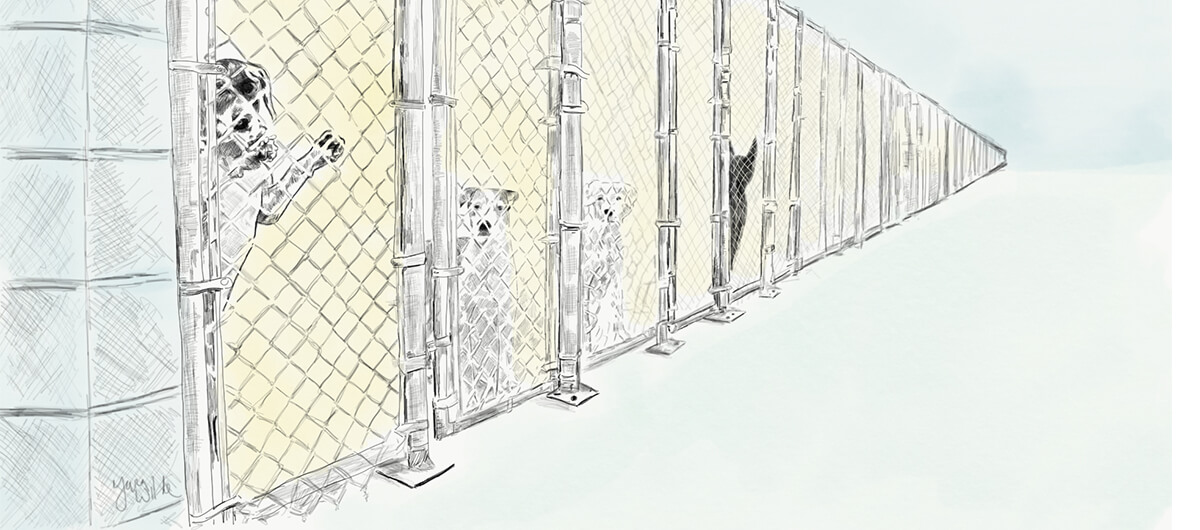The Paradox of “No Kill” Animal Welfare Policies
October 1, 2019 / Carol Mithers for Dame Magazine
RW note: As one commenter brilliantly stated, "Just because an animal goes out the door of a shelter, that does not mean s/he is safe, loved and medically taken care of." The recent cases of Texas pullers and transporters (dumping over 120 dogs on roads and hoarding them in filthy warehouses) drive this point home even more. This is a MUST READ, but here are but a few article highlights:
✅“Transport”—sending shelter animals from one state to a (presumably better) other, also can be subverted.
✅Another strategy: policies that deliberately limit shelter intake. In “no kill” San Antonio, says a source long involved in that city’s rescue world, a “diversion” program allows anyone who finds a stray to keep it at home, while classifying the animal as a shelter impound. “Then, if it’s given away—to whoever— or even escapes, it can be counted as a successful live release.”
✅The growth of disreputable rescues and outright rescue scams is a constant source of anguish in the rescue world.
✅Worse are organizations that take in more animals than they can properly care for, and individuals who use the guise of rescue to mask hoarding. Yearly, thousands of dogs and cats are removed from “rescue hoarders”...A much-celebrated “live release” from a shelter may land a dog or cat in a fate worse than death.
✅In 2018, an editorial in the Colorado Veterinary Medical Association journal denounced the movement as “destructive” and called for a new model, “socially conscious sheltering” with similar animal welfare goals, but without a numerical end point.
Full article:
Thank you Rescue Watch for this post



Aucun commentaire:
Enregistrer un commentaire